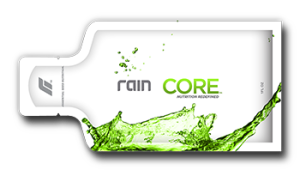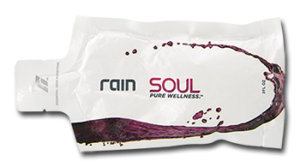What is Oxidative Stress?
Oxidative stress is basically a lack of balance between the ability of the body to counteract the negative effects of oxygen free radicals and the production of oxygen free radicals.
Oxidative stress can cause changes to the DNA of cells that can ultimately lead to disease—even cancer is believed to be related to oxidative stress.
What Are Oxygen Free Radicals?
An oxygen free radical is a molecule containing oxygen that has at least one unpaired electron. Hence this makes the molecule extremely reactive with other molecules inside the body.
They scavenge for molecules to share their unpaired electron with, creating molecular fusions that alter the structure and function of the cells.
The byproducts of this molecular fusion are normally non-reactive; however, some of these molecules can experience metabolic changes within the body that give rise to highly reactive oxidant molecules. While not all oxygen free radicals are damaging to the body; in fact, some of these molecules are helpful in killing off microbes and other invading pathogens.
How can they help?
Oxygen free radicals have the capability to interact chemically with various components in the cell, such as lipids (that make up the membranes of the cells), protein (that can be structural or enzymatic in nature), and even DNA (our genetic makeup).
What Are Antioxidants?
Antioxidants involve molecules that scavenge for oxygen free radicals, binding to them in a much safer way than binding with cellular components. In the absence of antioxidants, the cell is exposed to serious damage, including becoming cancerous.
Antioxidants prevent damage to the cells by binding to oxygen free radicals so that they don’t bind to crucial cellular molecules.
Oxidative stress happens whenever there is an imbalance between antioxidants and oxidants (oxygen free radicals).
What Is Damaged By Oxidative Stress?
Oxidative stress can account for many pathological conditions within the body.
Some of these include inflammatory diseases, heart attacks, heart failure, atherosclerosis, blood vessel disorders, fragile X syndrome. Also chronic fatigue syndrome, cancers, genetic mutations, and neurodegenerative diseases, like Alzheimer’s dementia and Parkinson’s disease.
What Are Some Oxidants?
There are several types of oxidants, including the following:
O2
(superoxide anion). This is an oxygen molecule that has one extra electron. It is a part of the electron transport chain. While it isn’t very reactive, it can release the iron from ferritin and from iron-sulfur proteins.
H2O2
Or hydrogen peroxide. This is formed by the dismutation of O2- or by the direct reduction of the oxygen molecule. It can diffuse across cell membranes, as it is lipid soluble.
OH
Or Hydroxyl radical. This is formed by decomposition of peroxynitrite and the Fenton reaction. Hence it is extremely reactive, being able to attack most cellular components.
ROOH
Or organic hydroperoxide. This is formed by reactions with cellular structures, such as DNA and lipids inside the cells.
RO
Or ROO. These are organic radicals that have oxygen-centered in them. Lipids participate in lipid peroxidation reactions. Also, it is produced along with O2 by the radical addition to hydrogen abstraction or by radical addition to double bonds.
HOCl
Or hypochlorous acid. This is formed by a reaction between myeloperoxidase and hydrogen peroxide. Hence, it is highly reactive and lipid soluble, meaning that it can cross cell membranes.
ONOO
Or peroxynitrite. This is formed in a reaction between oxygen and nitrous oxide. Thus it is soluble in lipids and is as reactive as hypochlorous acid.
What does that all mean?
Reduction or “redox potential” is the ability of a substance to lose or gain an electron. For example, a strong reducing agent will have a greater potential to transfer electrons.
Furthermore when in the presence of oxygen free radicals, it will cause small changes in the redox potential of a cell, stimulating the cell’s antioxidant system in order to protect the body from the injuries caused by oxygen free radicals. If the reaction is severe enough, the cell can undergo programmed cell death, also known as apoptosis.
Food Sources Of Antioxidants
• Purple, Red, and Blue Grapes
• Red Berries
• Nuts
• Dark Green Veggies
• Sweet Potatoes and Orange Vegetables
• Tea
• Whole Grains
• Beans
• Fish
In Conclusion
One of my favorite ways to reduce free radicals is Rain Soul. It is proven to reduce Free Radicals and provide high amounts of anti-oxidants. Click here for the research!







